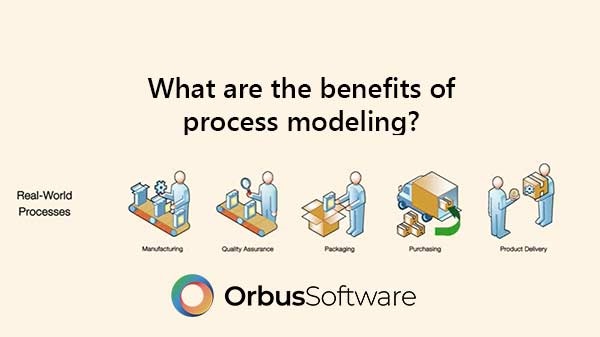In contrast to an organization’s tangible assets, business processes are intangible and this characteristic makes them more difficult to recognize and observe.
So in order to “work” with processes, we have to transform intangible processes into process models. This type of activity is called modeling.
A process model is a representation of a real-world process, where a visual process model is commonly defined as a process diagram. On the other hand, process models can also be non-visual, for example, they might specify process execution semantics.
Process diagrams can form a good basis for business process management activities since they enable process representation, observation and analysis .
Based on the results of the analysis, existing processes can be changed, where the applied changes can be simulated or observed to see if they gain any improvements.
If these activities perform continuously, processes undergo permanent improvements with positive impacts on the efficiency and effectiveness of an organization. This cycle of process improvement activities is commonly known as the PDCA (plan–do–check–adjust), an iterative four-step management method used in business for the control and continuous improvement of processes and products.
Since process diagrams represent a focal business process management activity, it is important that they reflect actual processes as precisely as possible. Several notations for modeling business processes exist, and the best choice is Business Process Model and Notation.
Business Process Analysis BPMN Video
